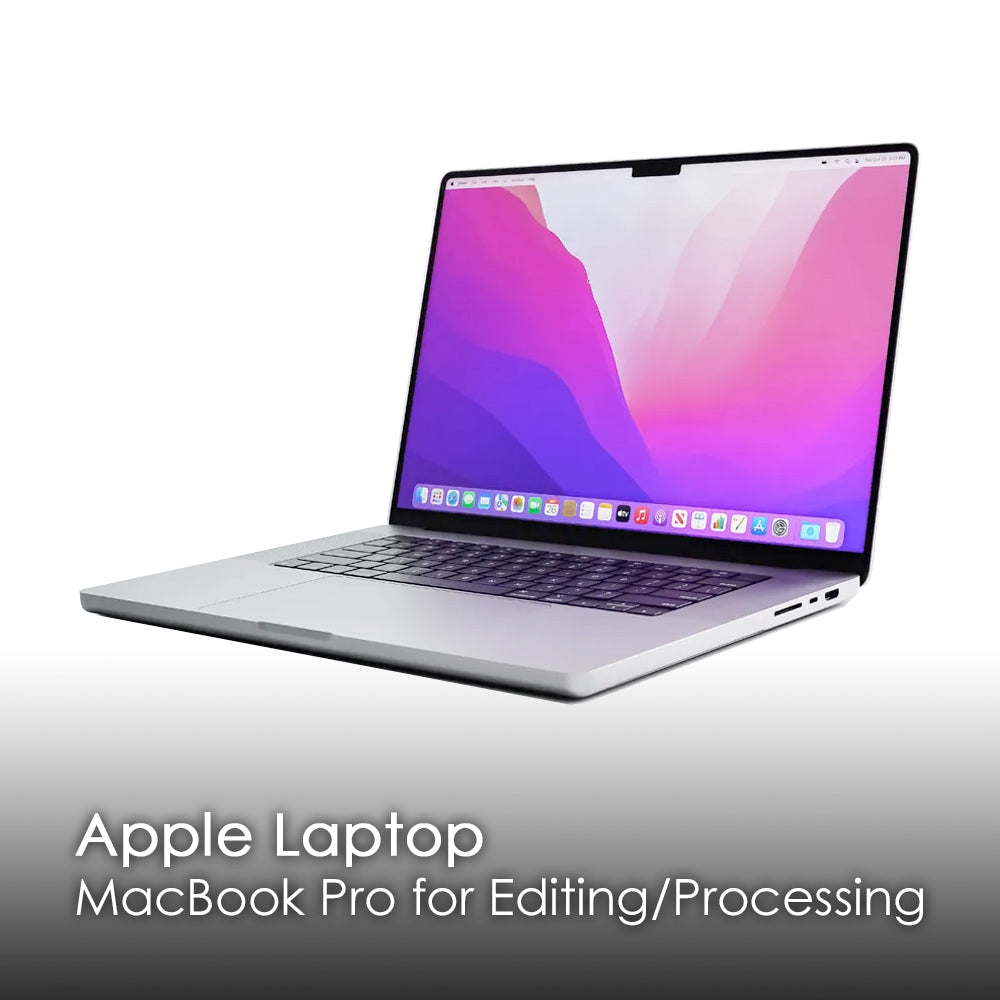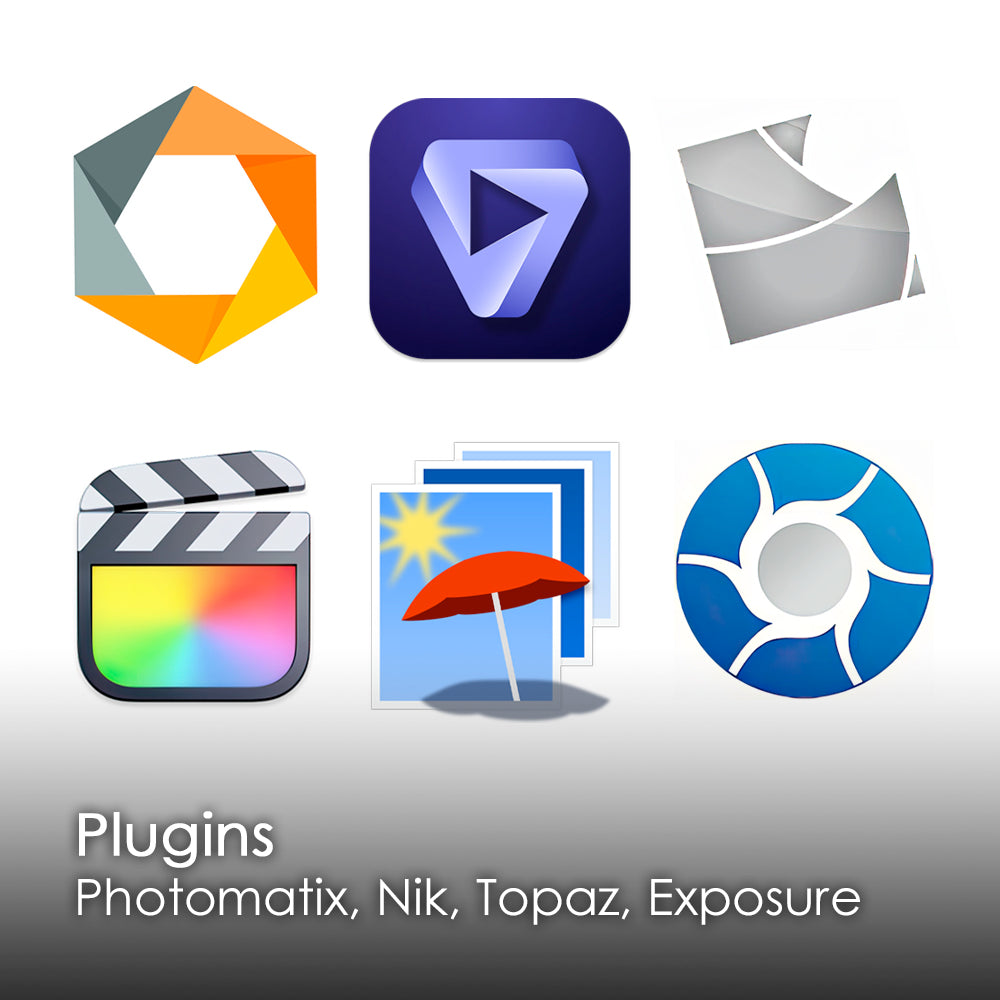Gear
A quick word
When I was a young budding photographer, looking up to the greats, I always loved seeing what gear they would shoot with and learning about the equipment that makes it possible to take such amazing images. With that in mind, I put together a little gear list of my favorite pieces from 20 years of field testing. I am not sponsored by these brands (but I'd love to be).

My gear wish list
Every photographer has a wish list, and this is mine. One can dream.
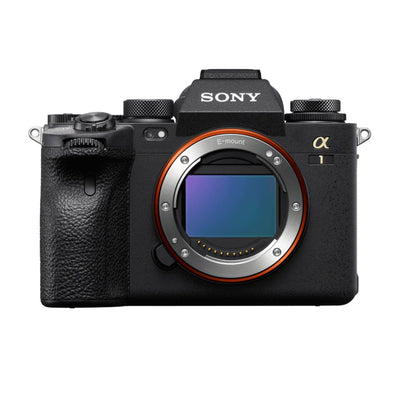
Sony A1 Camera Body
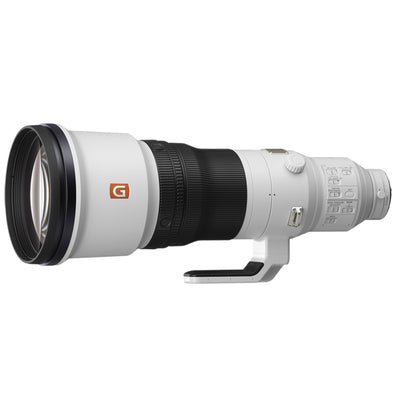
Sony 600mm f4 Lens
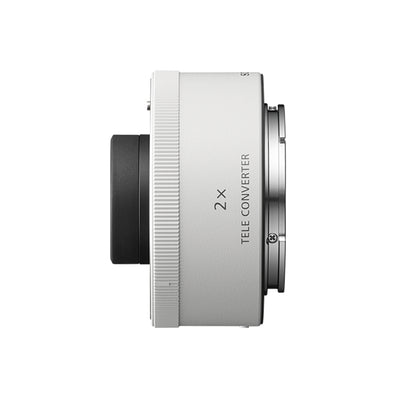
Sony 2X Teleconverter
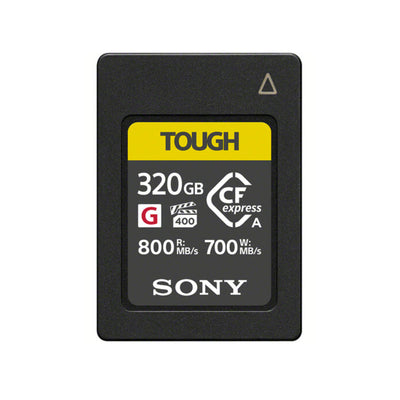
Sony CFexpress Memory Cards

DJI Mavic 3 Pro Cine Edition

Sky-Watcher Star Adventurer 2i
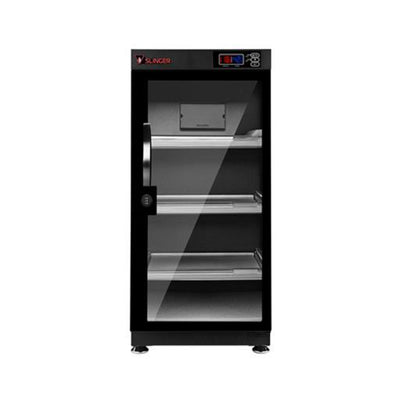
Slinger Dry Cabinet

Vortex Razor HD Spotting Scope
My favorite brands




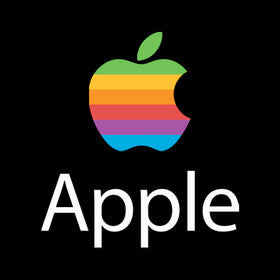
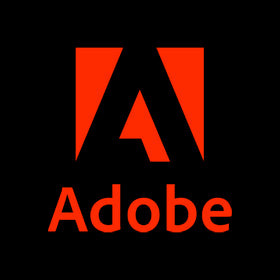
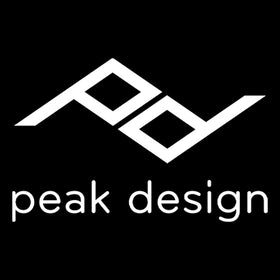
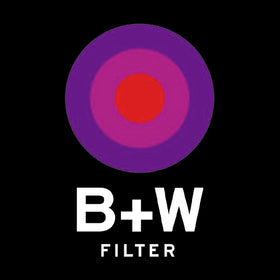

Camera
When I'm hiking, I sling two camera bodies on either shoulder with straps criss-crossed. On my right, I have the a7r5 with 100-400mm + 1.4x teleconverter ready for wildlife. On my left is the a7r4 with either 16-35mm or 24-70mm for landscape shots. This allows me to quickly adjust depending on if I'm shooting wide-open landscapes or if I need to switch to quickly catch a critter.



Lenses
There's no one perfect lens for all kinds of photography. I focus mostly on nature and wildlife photography, but I have many years of professional portraiture experience, commercial, advertising, real estate, macro, and events. My beloved wildlife lens combo is the 100-400mm + 1.4X teleconverter to push my optic ability to 560mm, while I use the 70-200mm for portraiture, 90mm for small product and macro photography, and the 24-70mm for landscape, real estate and general photography. My favorite wide-angle duo for what I mostly do is the 16-35mm for redwoods and cityscapes, and I use the 12-24mm for astrophotography. I put a UV filter on every lens, not only to improve image quality but to protect the front of my precious lens. I love putting skins on my camera and lenses, because it protects from scratches and it looks dynamite.
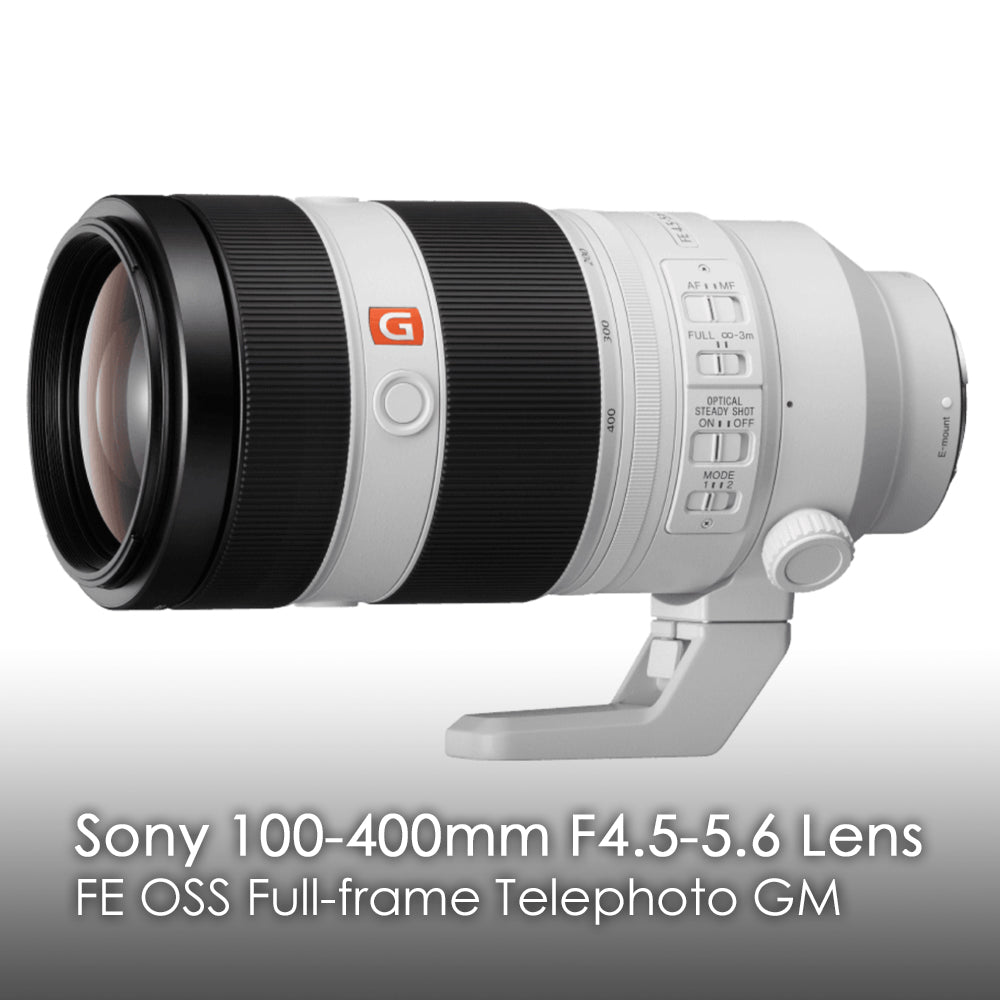
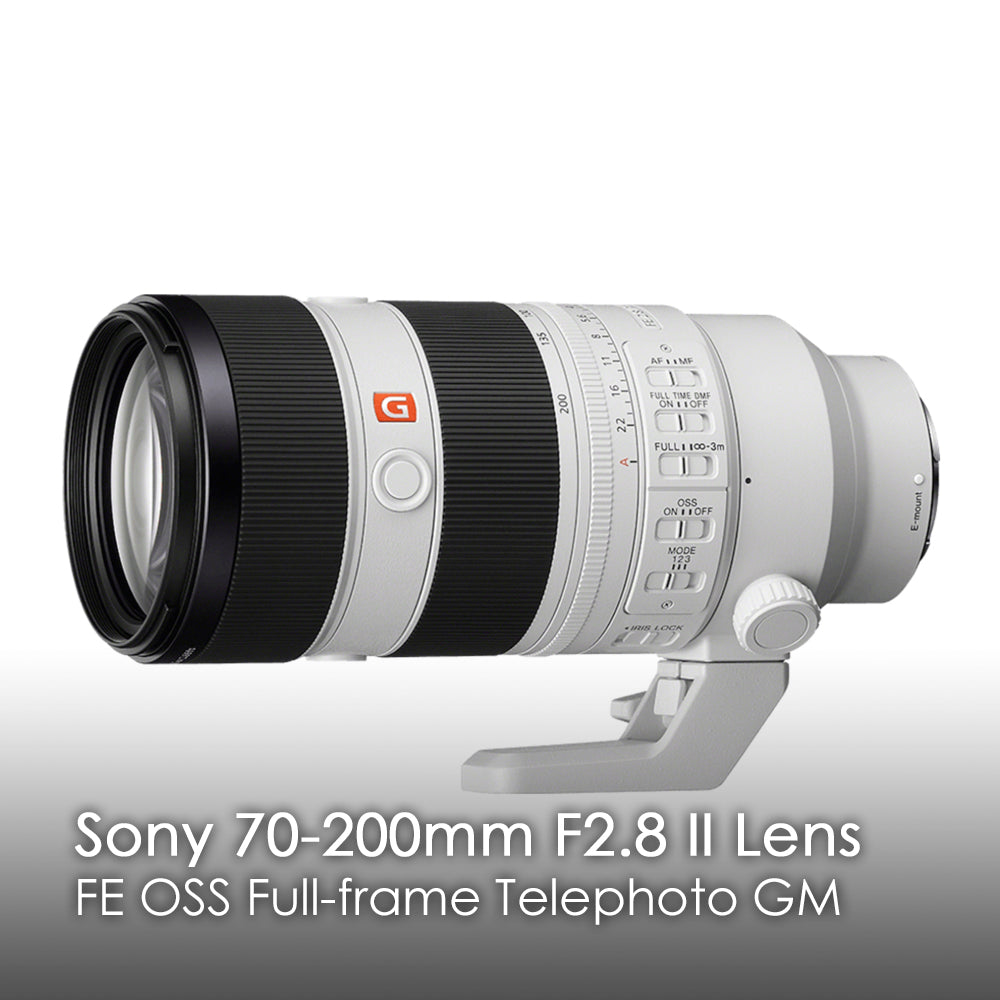
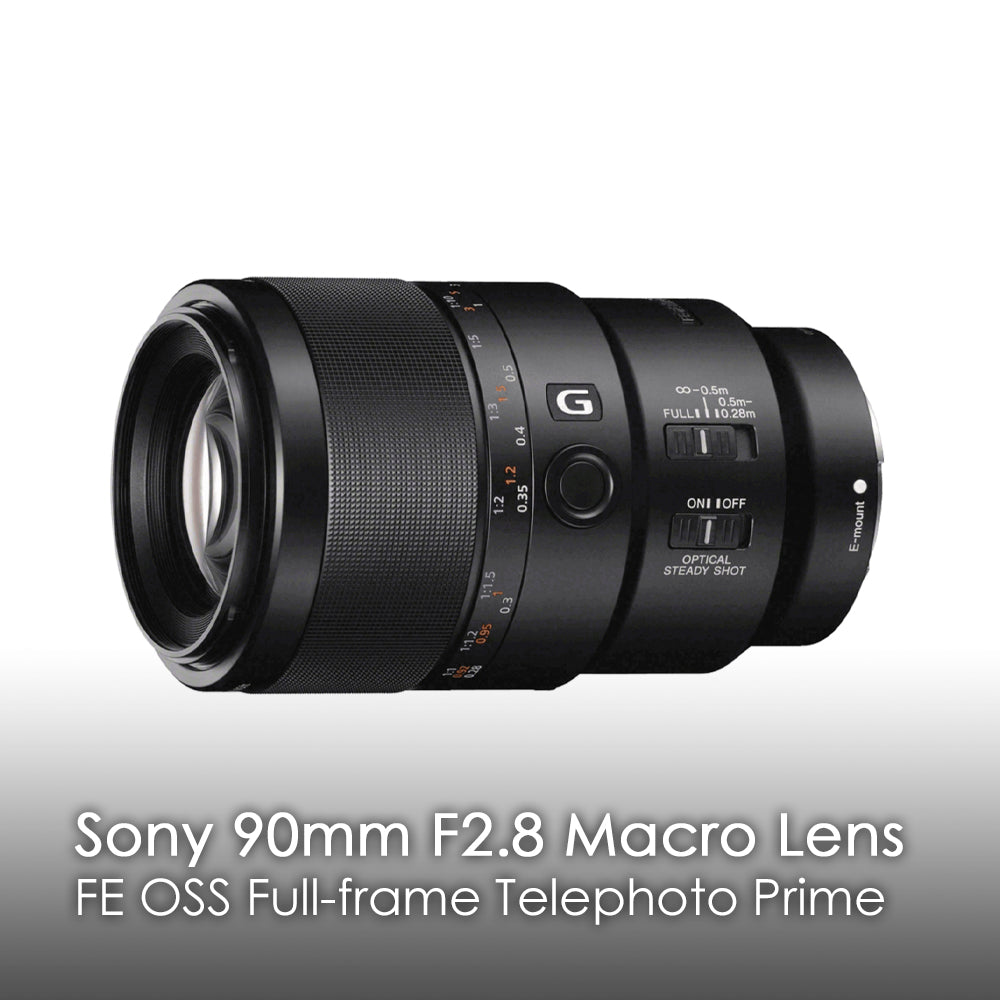

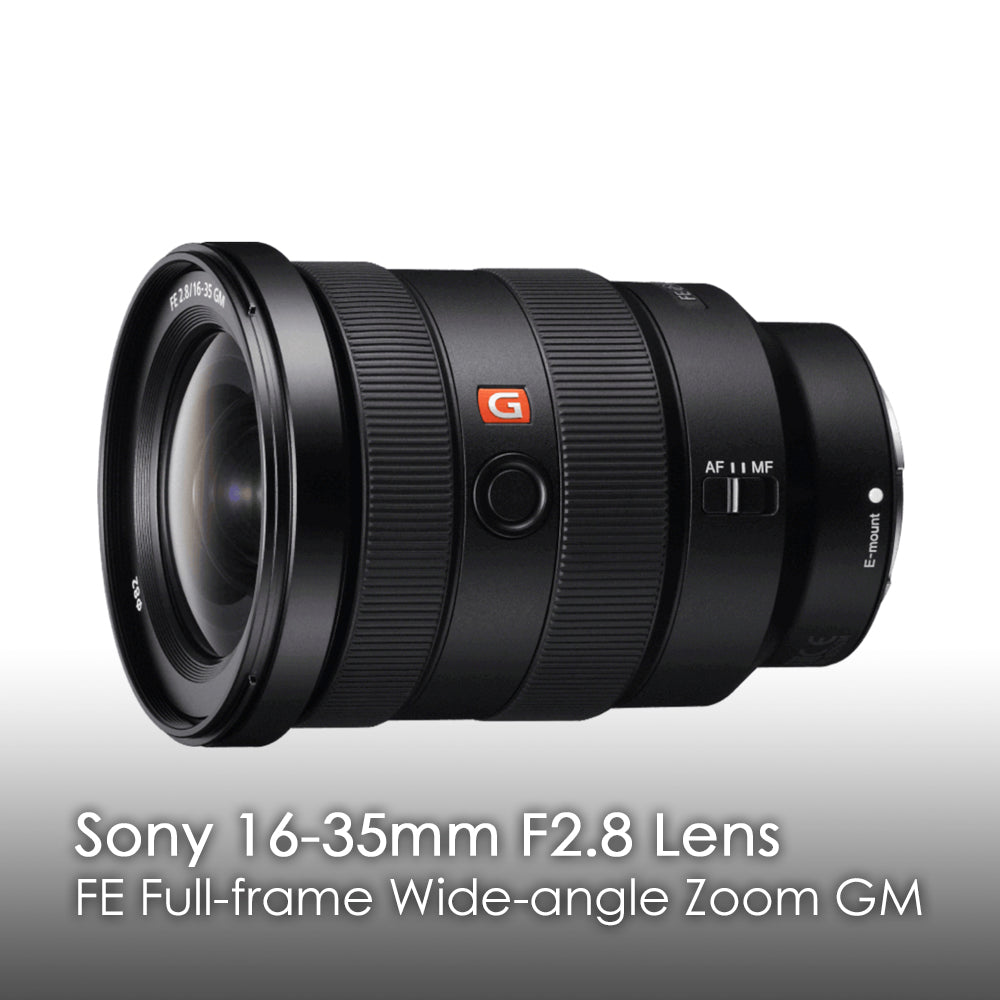
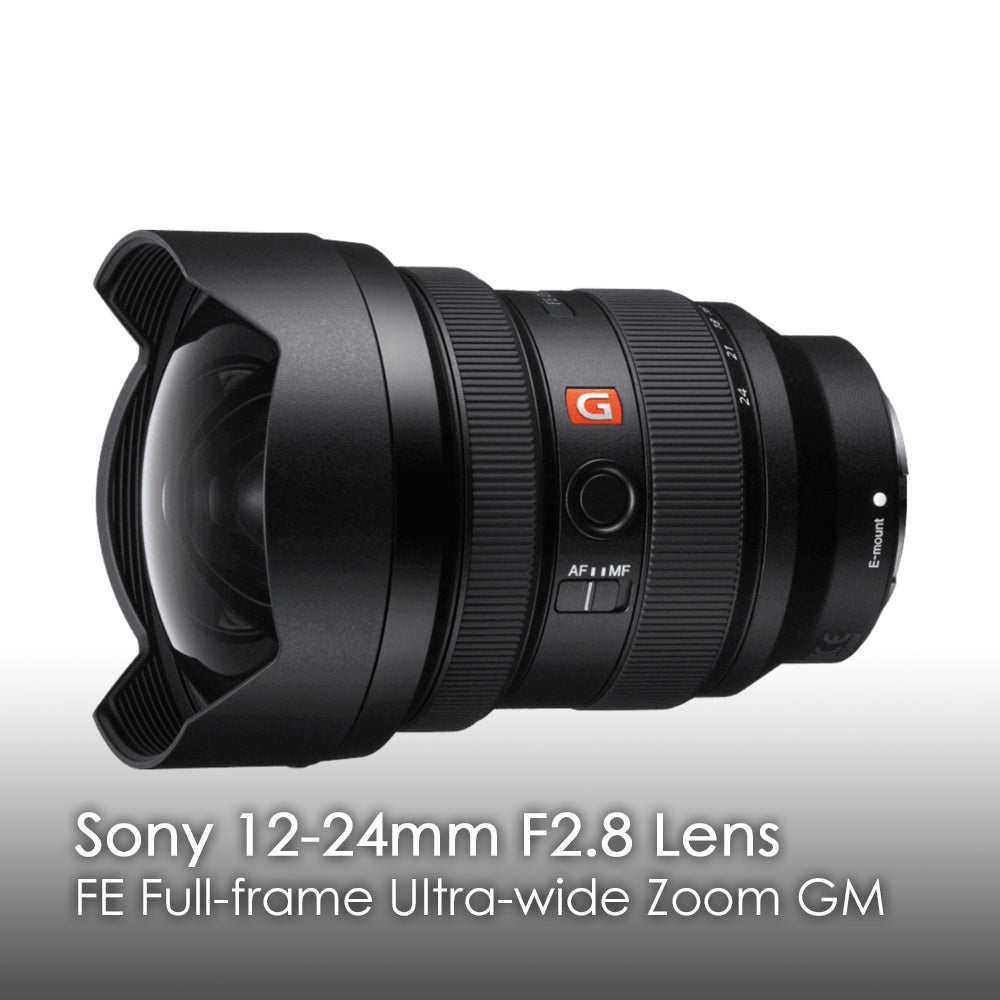
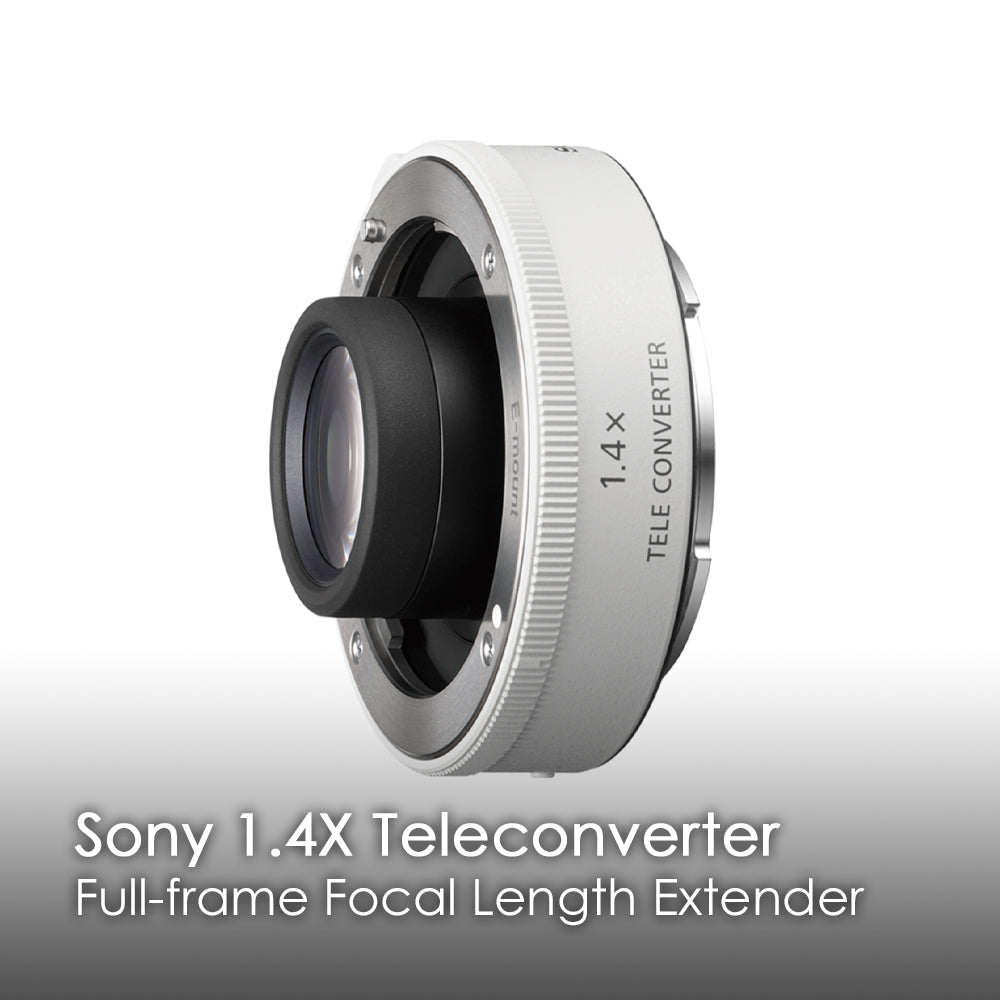


Gear
When abroad, I go nowhere without my Pelican carry-on camera case, and it never leaves my side while in transit. I've used Manfrotto tripods and bags for 15+ years and have found no reason to stop now as they're expertly designed and the quality is always top notch. I've recently cheated on Manfrotto with Wimberley's amazing gimbal head, which makes wildlife photography so much easier to have support, move fluidly and to nail the focus. I've also found a love for employing LensCoat's photography blind to better hide from wildlife, so they feel at ease to come closer to my camera, and it works beautifully. Peak Design's camera straps work perfectly for my style of travel and photography, because I prefer to still get out in the wilderness and experience it without letting my gear tie me down. So when I strap two bodies, one on each shoulder, I still have the freedom to do strenuous hikes while always staying camera ready for anything that comes my way.


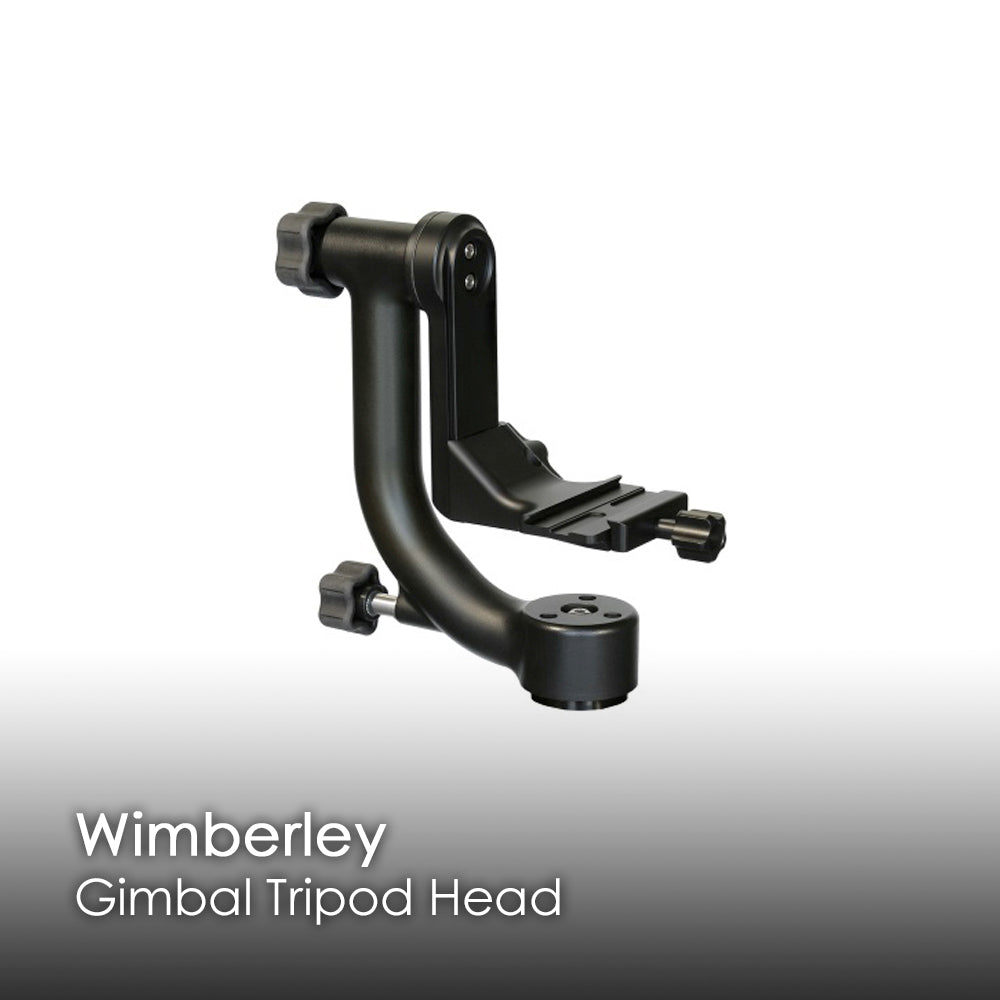
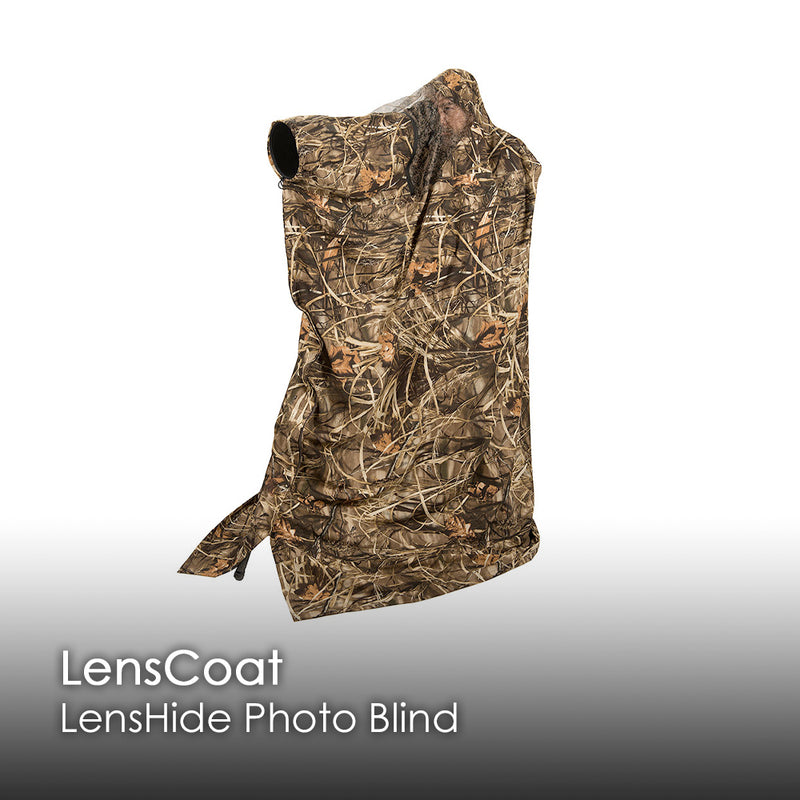
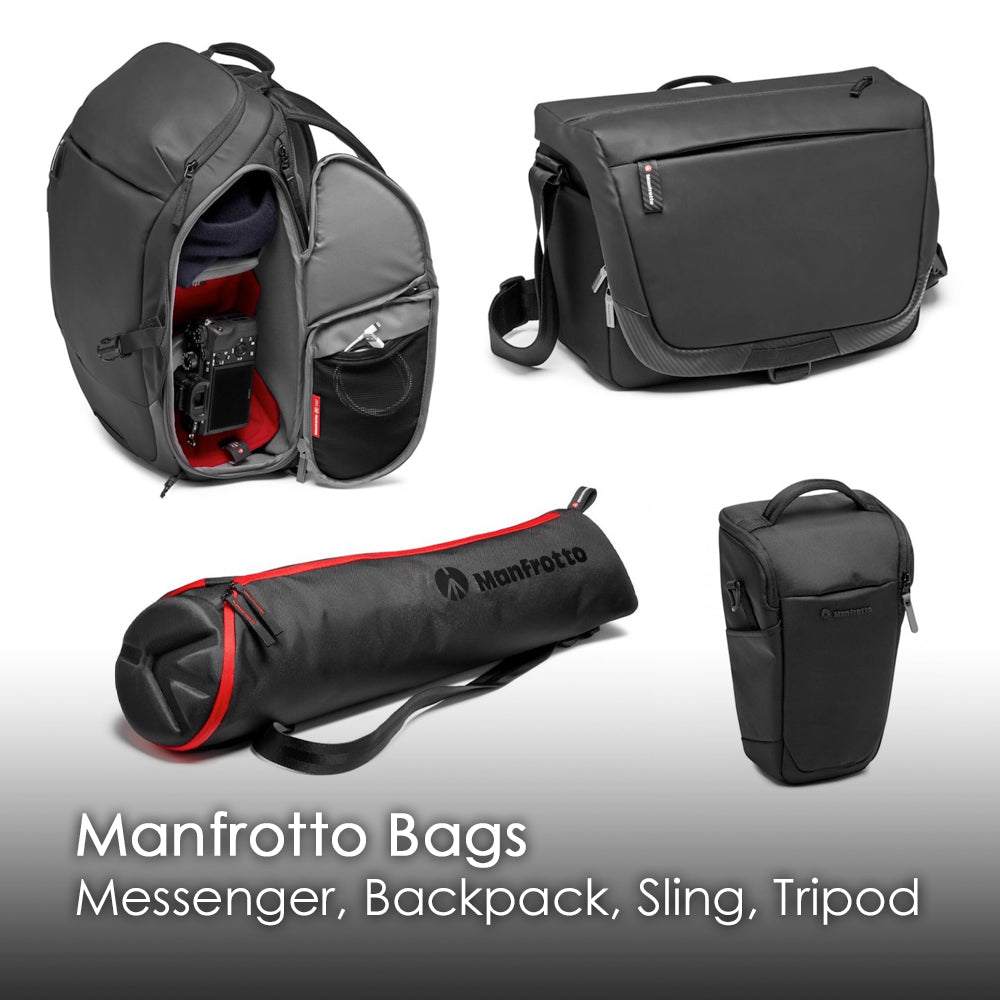
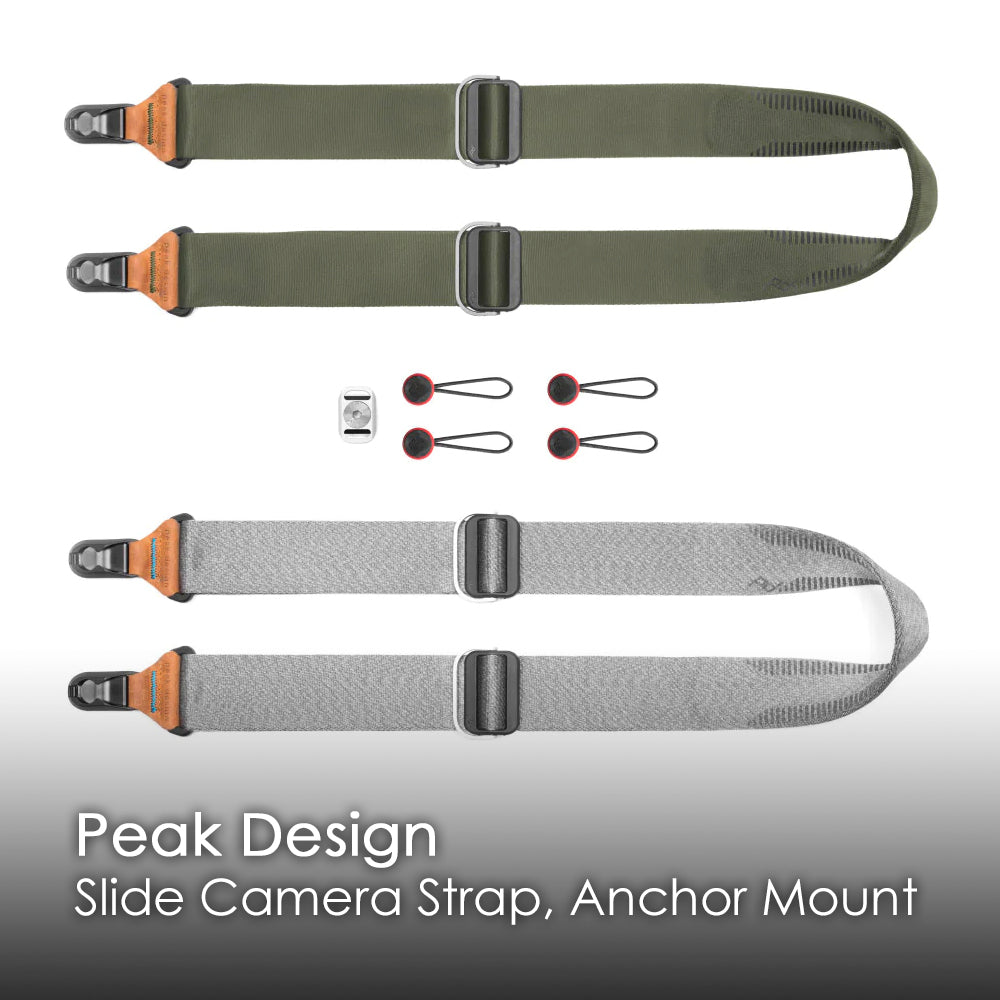
Storage & Processing
For all things business, design, video editing and photo processing, Apple does it all very smoothly. I keep many hard drives of my data backed up just in case something were to happen. My base system is always solid state G-Drive RAID system, then I keep a series of external hard drives, which I store in more than one location. When traveling, I rely on my computer and small portable flash drives to backup my photos in the field. In my camera, I use two Sony Tough memory cards in each body, then rotate as I fill them up. When I get a moment or when I return to my night stay after a long day of hiking and photography, no matter how tired I am, I back up every photograph onto my laptop and onto all three of my portable drives. Few pains are felt deeper than taking some truly inspired images only to have them corrupt and be lost forever.
When I get back to the office, I back up everything and begin processing my images. I focus on HDR photography, so I always shoot in RAW, process in Adobe Lightroom then Photomatix Pro before finishing in Adobe Photoshop. I work with a range of Photoshop plugins to gain optimal control over my images, like the Nik Collection suite, Topaz Lab's DeNoise and Sharpen tools, Exposure Software, and Imagenomic Portraiture.
